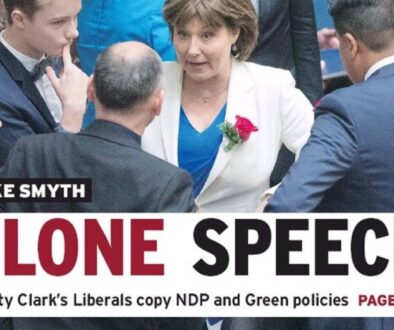BC Municipal Madness: Making sense of the polls
There’s something happening here. What it is ain’t exactly clear.
-Buffalo Springfield
For what it’s worth, this is not your typical British Columbia municipal election cycle. There is no man with a gun, but we are already seeing biblical-sized change:
- The exodus of incumbents
- The flood of new municipal parties
- The plague of current and former MPs and MLAs tempted by municipal politics
- The rebuke of ‘big money’
- The smiting of the alphabetic advantage in Vancouver.
Amid the chaos and emerging public opinion research: 5 things to consider looking at public political polls:
- Start with the fundamentals. Especially in the early days of a campaign, the relative brand strength of the parties and candidate name recognition can be better predictors than a ballot question that no one has really considered yet.
- Ease into the horserace. Asking mayoral vote preference is like asking about entré choice for a lunch on October 20. Both answers largely depend on the menu options. Right now, few have even opened their menus. Be careful about reading too much into pre-Thanksgiving ballot numbers.
- Geography matters. In Vancouver municipal politics, there is a North / South divide (sorry Eastside / Westside traditionalists.) Surrey has a large population spread over enormous geography. This results in some distinct neighbourhoods with great divides between them—Newton is not Crescent Beach. My point that is a good pollster will consider regional differences when sampling and weighting. Find out how.
- Elections are decided by those that show up. In BC civic elections, most don’t. Public polls typically report the intent of eligible voters. This is why experienced It is a good idea told consider voter turnout in their analysis. Turn out tends to increase with age and can vary dramatically between demographic groups.
- Get the crosstabs. These are the tables that show questions tabulated against each other. Most pollsters will provide tables of a publicly released poll’s “marquee questions” cross-tabulated against key demographic and geographic segments. If you are looking for insight, the crosstabs are where you’ll find it. If these aren’t available, ask why not.
NEXT BLOG: The 5 questions I would ask pollsters if I were a journalist




